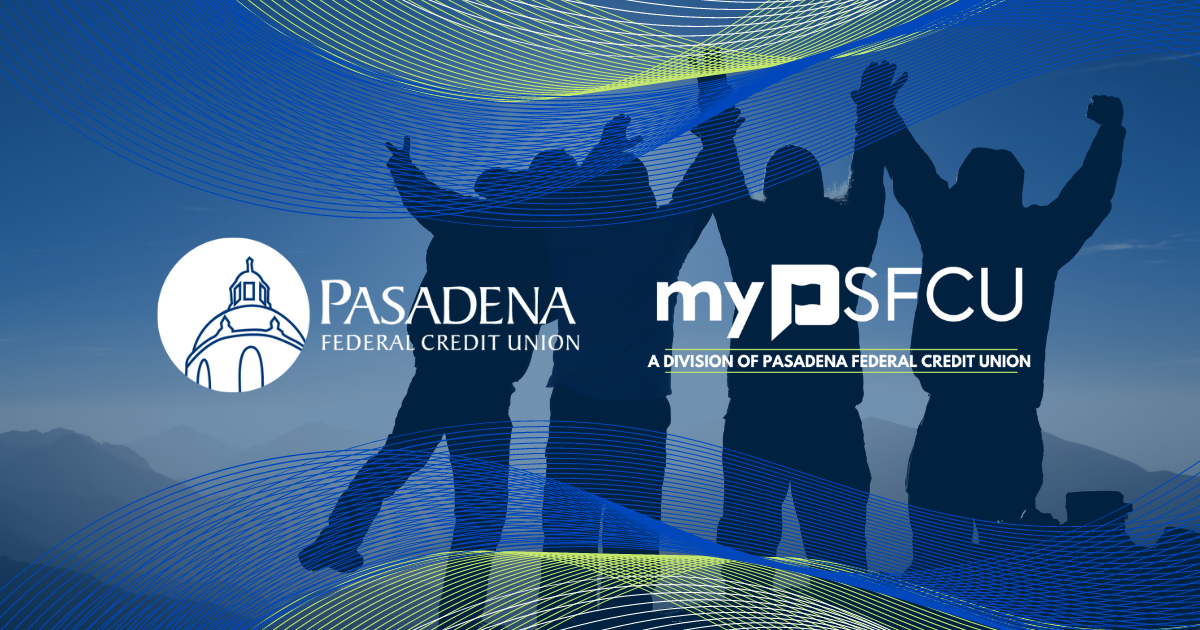It’s undeniable that checking accounts and savings accounts share a lot in common. They both are deposit accounts held at financial institutions. They may even have similar balance requirements. They both often offer ways to reward you for specific banking activities – but what are the key differences? Why do those differences matter?
Here, we’ll get into the differences between checking accounts and savings accounts and how to choose the one that’s right for you based on your goals and needs.
Savings accounts
As the name implies, are designed especially for those looking to build savings. Even if they offer a low opening deposit, the goal is to increase the balance of savings over time. The savings account rewards this by paying the account holder with interest – called yields – on the deposits. Over time, even the yields earn more yields because they will add to the savings balance. These rewards are called compound earnings.
Savings accounts are for saving instead of everyday financial transactions and offer higher yields than most checking accounts. For the same reasons, they also limit the number of withdrawals, though deposits are unlimited. Typically maintained with higher balances, saving funds linked to checking accounts act as overdraft protection.
Here at myPSFCU, we offer a variety of savings accounts that each offer unique features to help with specific savings goals. Goals such as vacations and holidays, or to help school employees save for summer “income.”
Checking Accounts
On the other hand, checking account are designed to make everyday financial transactions easy. For this reason, checking accounts typically offer numerous features and may come with a variety of requirements to qualify for these features. These features may include rewards, shopping discounts, identity protection, and other services. Depending on the financial institution, having a checking account can also qualify you for loan discounts or discounts on notary signings. Selecting a checking account based on your typical account activity, rather than these perks alone, however, are crucial to getting a checking account that’s right for you. For example, suppose a checking account requires a higher daily balance than you typically maintain. In that case, a different account may better meet your needs.
With a checking account, you can activate several services to make managing your life easy. At myPSFCU, these can include online/mobile banking, which allows members to conduct various transactions, including deposits, transfers, and more. Direct deposit is another convenient feature that acts as an early ACH to regularly deposit funds, such as paychecks, faster into the checking account.
Here’s a snapshot of the typical key differences:
| Features | Checking Account | Saving Account |
|---|---|---|
| Checking Account | Savings Account | |
| Purpose | Daily money management and purchases | Saving for short- and long-term goals |
| Yields | Typically minimal yields, though rewards accounts can offer high yields | Higher yields than generally are available for checking accounts. Some types of accounts provide tiered yields or higher yields for higher balances. |
| Withdrawals | Usually unlimited for personal accounts – via check, ATM, or debit card | Limited each month to encourage savings, traditionally offered through ATM access. |
| Fees | If you do not meet specific account requirements, your account will most likely have fees. | Typically fewer fees or none at all. |
Because of their differences, it’s wise to have both a checking account and a savings account. Establishing direct deposit into your checking can help you manage your daily finances. At the same time, automatic distribution can send a portion of that deposit to savings to make savings automatic and painless.
Here at myPSFCU, we offer a flexible range of savings accounts and checking accounts, including the highly rewarding Kasasa® accounts. For help picking the accounts that are right for you, give us a call at 626.351.9651




